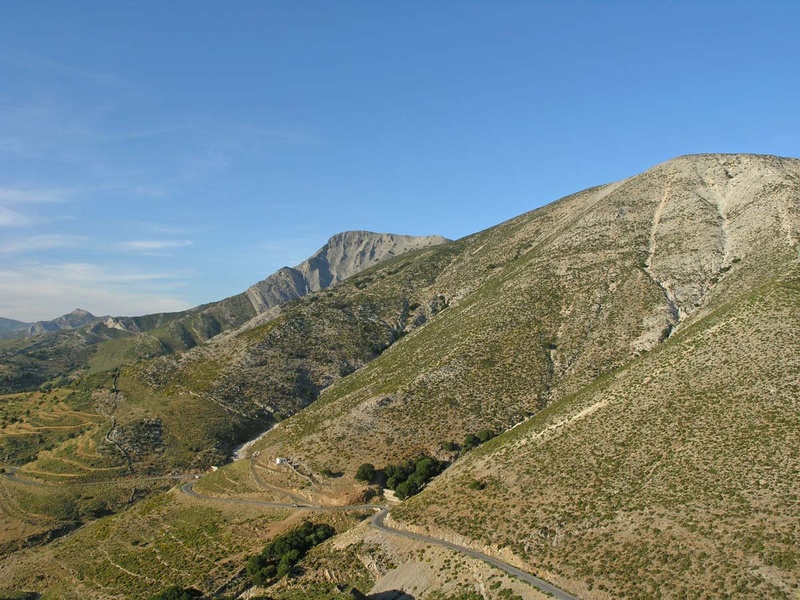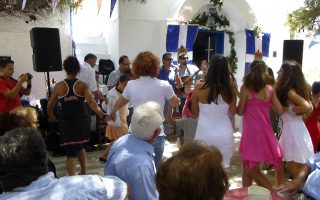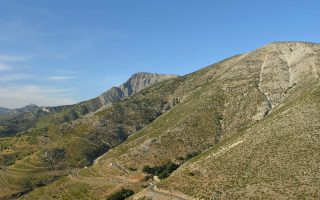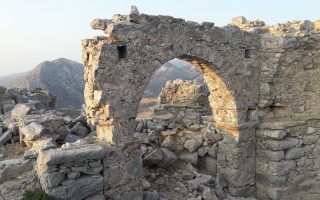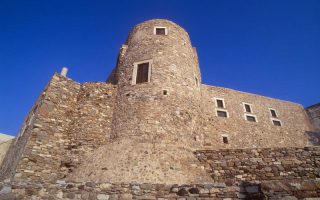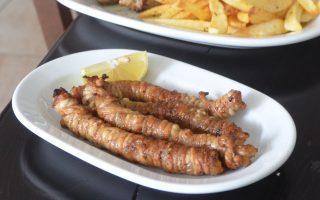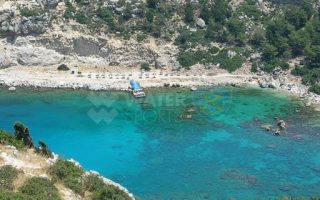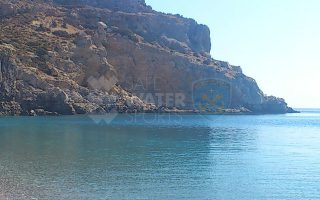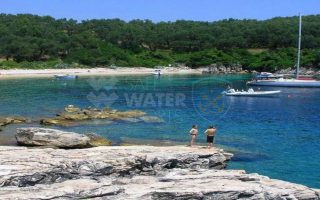This is the highest peak of Naxos, usually covered with clouds and named Myti of Za (Nose of Zeus). It has namely the name of Zeus and maybe this was also its name in the antiquity, as they used to worship the father of gods on this very mountain. The archaic inscription carved on a rock in the path that leads to the top of the mountain says “Oros Dios Milosiou” (Mountain of Zeus of Milon), which is an evidence that Naxian shepherds worshiped Zeus also as protector of their flocks, “milon” as they called sheep.
The maximum height of the mountain is 1003m. The cave is found at 600m and it is also connected to the cult of Zeus. An arched gate 2.5m high leads to the magnificent interior of the cave consisting of a chamber with 115m length and 75m maximum width.
The decoration is rich and involves impressive stalactites and stalagmites, boulders and stone clusters. In the highest part of the cave there are two stalagmites named “Papa” and “Papadia”, as well as the so-called “Agia Trapeza”. The cave was explored in 1962 by Anna Petrocheilou. Excavations carried out in the period 1985-86 and in 1994 brought to light important findings from the neolithic to the classical and Roman times, many of which are exhibited at the Archaeological Museum of Naxos. They have also found tools made of obsidian and vertebrate bones.
Info
– During the Turkish rule, the cave was used as a shelter but also as a church.
– To visit the cave, start from the village Filoti (there are signs). The main part of the route is on foot and you will need to carry strong light torches.
Source: aegeanislands.gr

